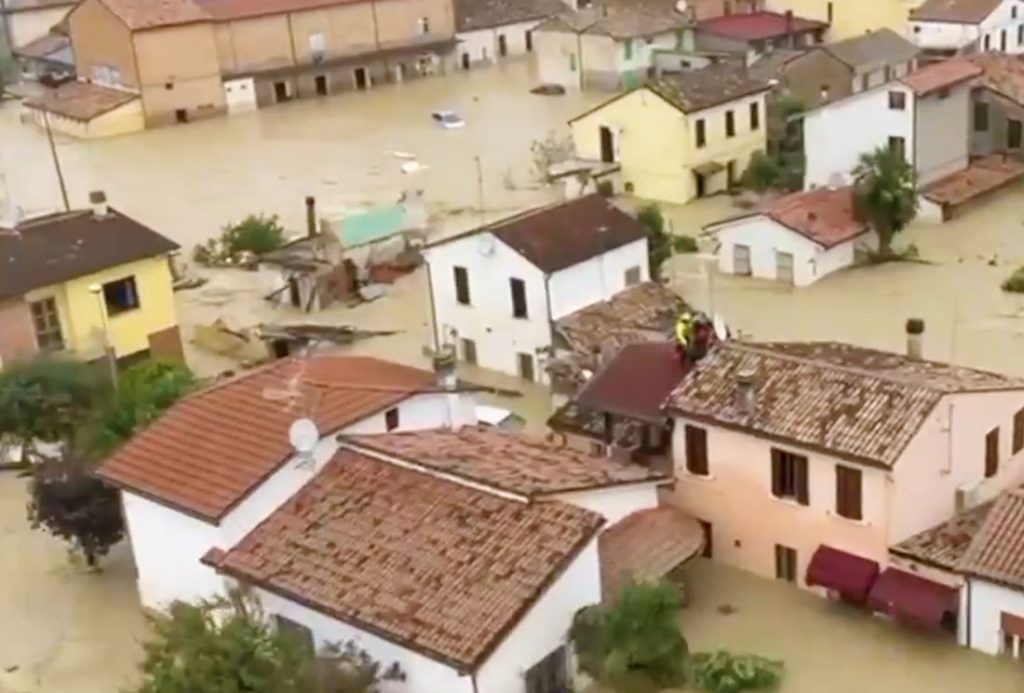Storm Boris has swept across Central Europe, leaving a wake of devastation that has claimed lives, displaced thousands, and prompted a significant emergency response across multiple countries.
The path of destruction
Storm Boris initially hit with torrential rains and high winds, leading to catastrophic flooding in regions from Poland to Italy.

The storm’s impact was felt most severely in Poland, where at least 21 people lost their lives, with thousands more evacuated as rivers overflowed, causing some of the worst flooding in decades. The Polish city of Nysa saw its mayor order a complete evacuation of its 44,000 residents due to the threat of an embankment breach.
Italy’s encounter with Boris
As the storm moved south, Italy, particularly the Emilia-Romagna region, faced its fury. Over 1,000 residents were evacuated as rivers swelled beyond their banks, flooding towns and disrupting life.
The city of Faenza became a focal point of the disaster, with residents fleeing their homes in the middle of the night using dinghies. The region, recovering from severe floods just over a year ago, now faces another round of damage and loss.
European response and solidarity
The European Union, recognizing the scale of the disaster, has mobilized its Civil Protection Mechanism.
Leaders from affected countries like Poland, the Czech Republic, Slovakia, and Austria, alongside European Commission President Ursula von der Leyen, convened in Wroclaw, Poland, to discuss aid and recovery strategies. The EU’s response includes financial aid from the EU Solidarity Fund, emergency supplies, and manpower to assist in rescue and recovery operations.
Climate change?
Meteorologists and climate experts have pointed to Storm Boris as another stark reminder of the increasing frequency and intensity of extreme weather events due to climate change.